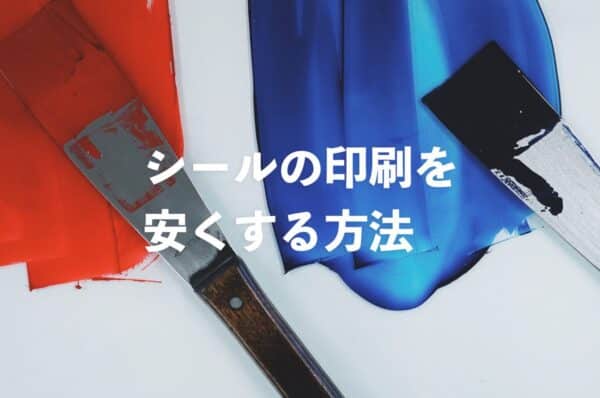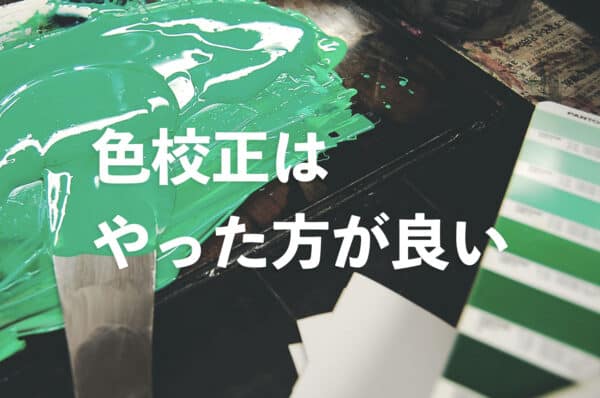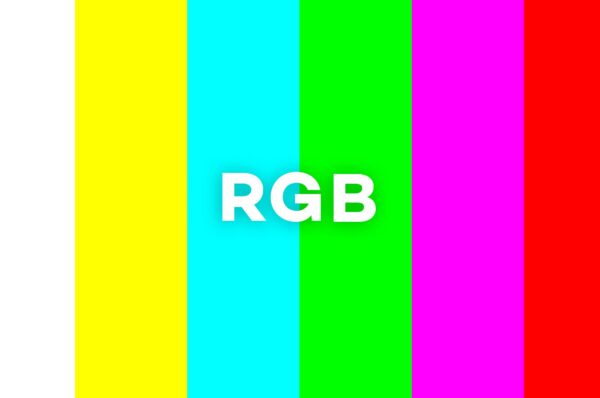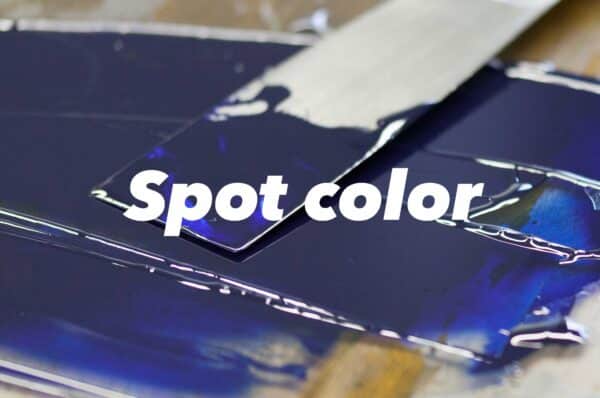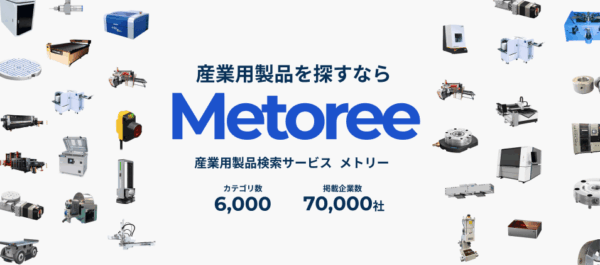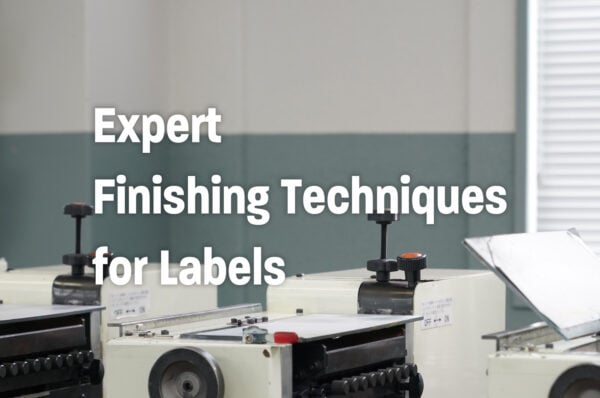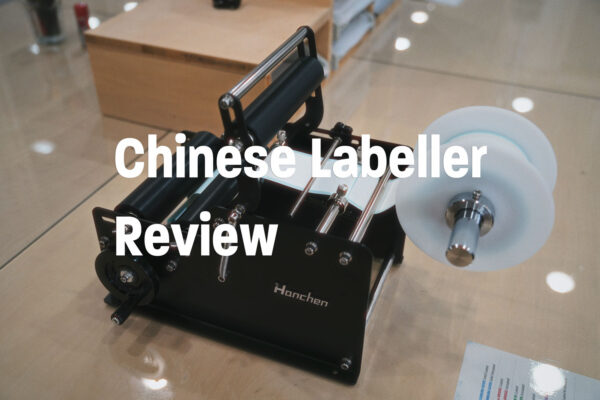What Is On-Demand Printing? Benefits and Considerations
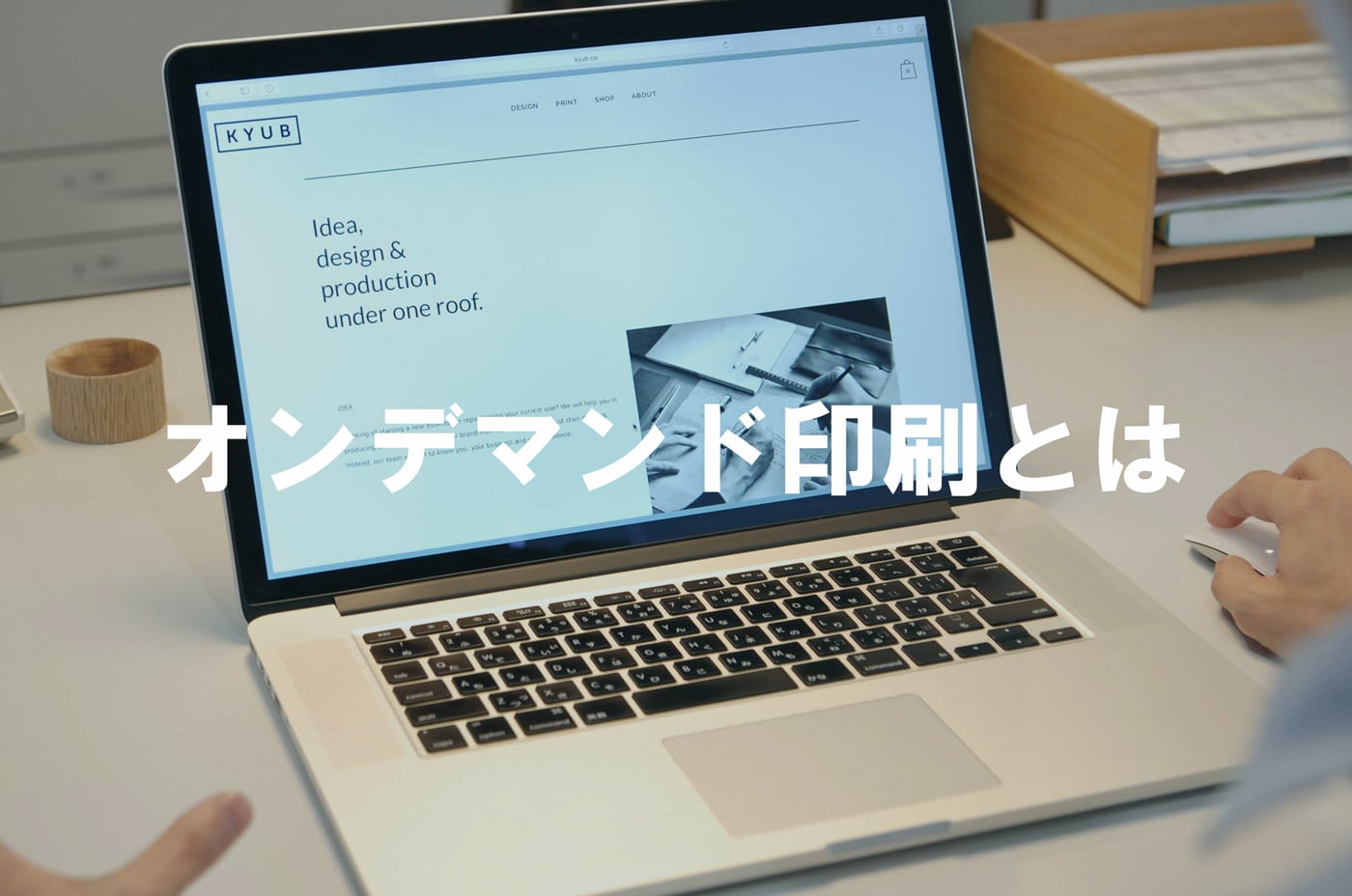
When ordering printed materials such as posters, leaflets, and label stickers, it is necessary to select a printing method. Among them, "on-demand printing" is a commonly used method, but not many people actually understand its specific characteristics.
However, the suitable usage scenarios for printing methods vary significantly. If you want satisfactory results at the lowest possible cost, it is important to understand the differences and use the appropriate method. This article explains the characteristics and points to consider when using on-demand printing and other major printing methods.
Our company specializes in various printing methods, including on-demand printing and offset printing, for label production. If you are considering creating product labels, please contact us below.
Please feel free to contact us.
What is On-Demand Printing?
On-demand printing refers to a printing method that uses inkjet or toner printers. Since it does not use plates, it can be done immediately if there is data, allowing printing of the necessary number of copies when needed. As the name "on-demand" suggests, it has the high convenience of printing any design from just one sheet.
However, depending on the finished product image and order quantity, it may not be suitable. While convenient, the quality of the finished product does not match that of printing methods that use plates.
Also, while it can reduce costs for small quantities, ordering in large quantities can actually increase costs. To make the best choice in terms of cost and quality, it is important to accurately understand the characteristics and differences of the printing methods.
Differences Between On-Demand Printing and Offset Printing
Offset printing uses a created plate to transfer ink to the printing surface. Since the ink is transferred from the plate to a rubber blanket (intermediary) and then from the blanket to the printing surface, the plate does not directly touch the paper.
The biggest differences between on-demand printing and offset printing are the "appropriate lot size" and the "presence of plates," leading to various other characteristics.
The main differences between each are summarized in the following table.
| On-Demand Printing | Offset Printing | |
| Plate | Not required | Required |
| Paper | May not be compatible with special paper | Compatible with almost all types of paper |
| Appropriate Lot Size | Less than 1,000 sheets (small lot) | At least 1,000 sheets or more |
| Unit Cost | High for large lots | High for small lots |
| Finish | Inkjet (somewhat inferior) Toner method (fairly good) | Clean and detailed |
| Resolution | Somewhat inferior | Very high |
| Spot Color Printing | Not possible | Possible |
Offset printing has high reproducibility of the finished product and can mass-produce high-quality printed materials in a short time. The more you print, the lower the unit cost per sheet, so for large lot orders, offset printing can be more cost-effective than on-demand printing.
However, since the initial cost of creating plates is incurred, it is not suitable for small lot printing. Each printing method has different suitable and unsuitable scenarios, so it is important to accurately understand their characteristics and differences.
For more details on offset printing, please read the following article.
Offset Printing
Four Printing Methods of On-Demand Printing
On-demand printing mainly includes the following four printing methods.
- Inkjet Method
- Toner Method
- Ribbon Transfer Method (Thermal Printing Method)
- Large Format Output Method
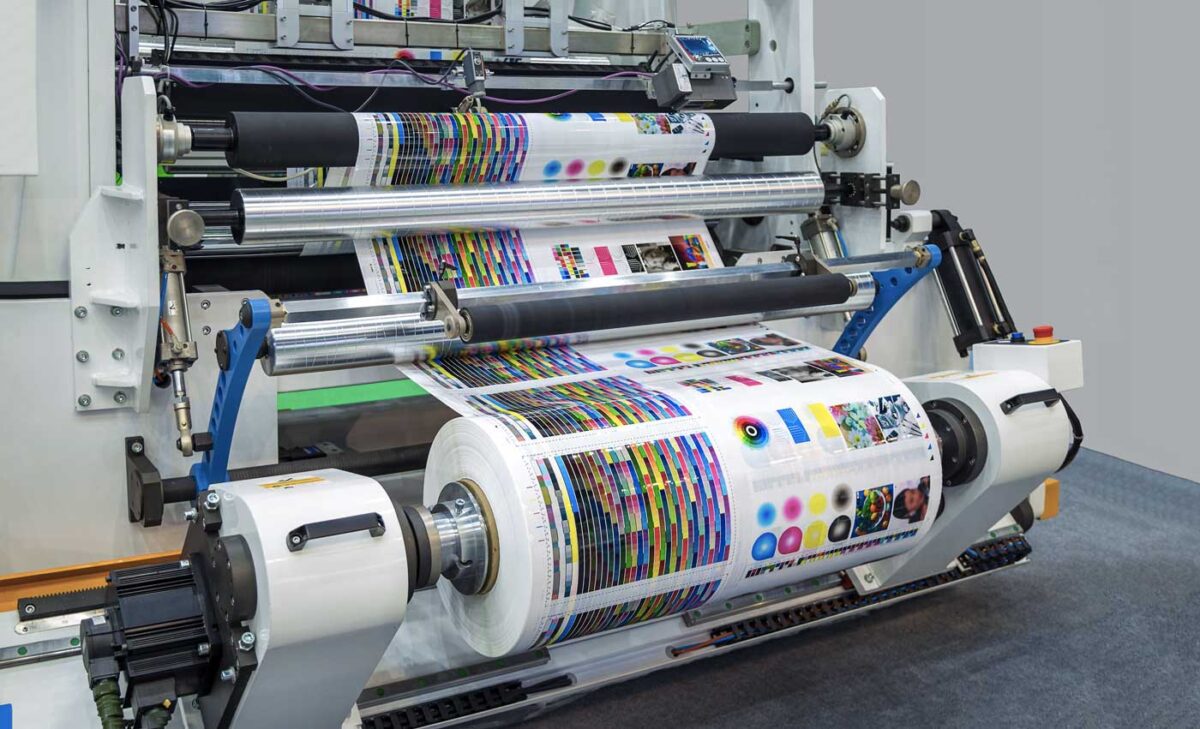
Printing Method 1: Inkjet Method
The inkjet method is a printing method that directly sprays ink onto the printing surface from an ink cartridge. Among on-demand printing methods, it offers good color rendering and decent reproduction of images requiring vivid colors.
Some models support high resolution, making it widely used for printing photographs. In recent years, it has been utilized in various fields such as printing on food and fabric products. However, due to the small nozzles used for spraying ink, the printing speed is physically slow, making it unsuitable for mass production.
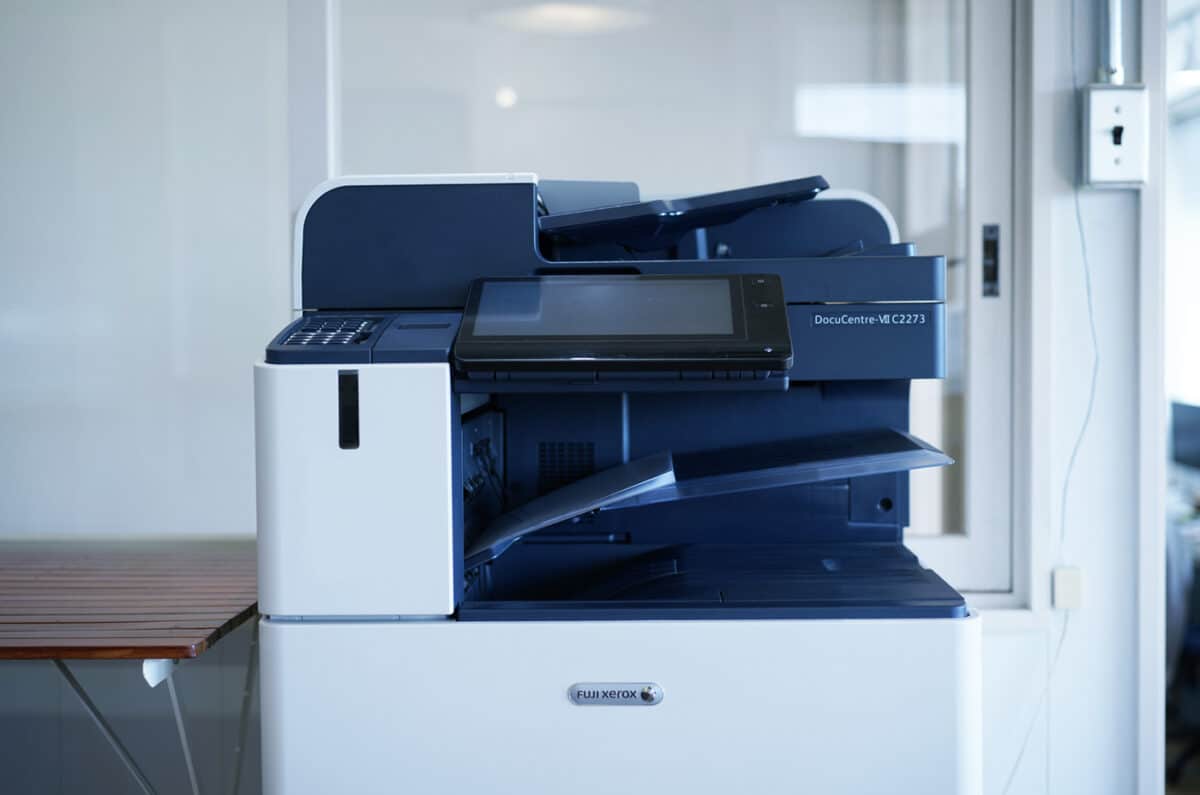
Printing Method 2: Toner Method
The toner method is a printing method that uses highly charged powder ink (toner) to print using static electricity. Most multifunction printers used in offices employ the toner method. It is also known as the laser method because it uses lasers.
The toner method offers cleaner printing than inkjet. Additionally, it has a faster printing speed, allowing for high-volume printing in a short time. Its high durability makes it suitable for long-term storage documents. It is the mainstream printing method in on-demand printing today due to its ability to reduce long-term costs.
Printing Method 3: Ribbon Transfer Method (Thermal Printing Method)
The ribbon transfer method is a printing method that uses a thermal transfer ribbon.
Also known as the "thermal printing method," the ribbon used has ink that melts when heat is applied. The ribbon is layered on the paper, and when heat is applied from the print head, the ink melts and transfers to the paper.
It is commonly used in industrial applications, and the printing equipment is called "thermal transfer printers." It is characterized by monochrome printing and is widely used for issuing shipping labels and barcode labels.
Printing Method 4: Large Format Output Method
The large format output method is a printing method that uses large machines to print designs on large sheets such as posters and signs.
Strictly speaking, it is mostly an inkjet method, but the type of printer used is different from regular sizes, so the printing type is distinguished. It often uses inks with excellent water and weather resistance, making it suitable for outdoor use.
Three Benefits of On-Demand Printing
The benefits of on-demand printing are as follows.
- Produce only a small number of copies
- Need it as soon as possible
- Print while making small adjustments to the content
Benefit 1: Low Cost Even for Small Quantities
On-demand printing is a suitable printing method for keeping initial costs low. Since there is no need to create plates, it can be produced at a low cost even in small quantities. It is also ideal for "test marketing," where a small number of promotional items are prepared to gauge customer reactions.
However, if you need to print the same design in large quantities, offset printing using plates can reduce costs. On-demand printing is suitable when the required number of copies is limited or when you do not want to keep inventory.
Benefit 2: Can Handle Short Lead Times
On-demand printing is also suitable when you need to prepare printed materials quickly. Since it can print directly from design data, it allows for speedy processing.
With only online interactions, the entire process from ordering to delivery is completed, minimizing the hassle involved. If you are in a hurry due to unexpected troubles or changes, use on-demand printing.
Benefit 3: Easy to Accommodate Design Changes
If you want to make small adjustments to the content during printing, on-demand printing is recommended.
With offset printing, the plate's shape is fixed, so fine adjustments are not possible, but with on-demand printing, you can easily change the print content by just modifying the data. Use on-demand printing when you want to change the design little by little according to the situation or print serial codes.
Five Points to Consider When Using On-Demand Printing
The points to consider when using the on-demand method are as follows:
- The color tone may differ from the image
- The same finish may not be achieved for reorders
- The paper may wrinkle after printing
- High costs for large orders
- Cannot accommodate spot colors
Point 1: The Color Tone May Differ from the Image
The color tones of digital screen light (RGB) and printed inks (CMYK) express colors based on entirely different principles. Therefore, in on-demand printing, where the design created on a computer is directly reflected in the printer, the finish may differ from the image.
The main differences between RGB and CMYK are as follows:
| RGB | ・The color mechanism adopted on digital screens ・Expresses various color tones by adjusting the light intensity based on the "three primary colors of light" |
| CMYK | ・The color mechanism used in inks and dyes ・Creates various colors using the four primary colors of C (Cyan), M (Magenta), Y (Yellow), and K (Key plate = black) |
In RGB (the three primary colors of light), the more colors are mixed, the closer to white they become, while in CMYK, the more colors are added, the closer they become to black. It is impossible to create the same work using different materials. Since on-demand printing has limitations in reproducing colors, if you want to reproduce colors faithfully, we recommend choosing a method with high color reproducibility, such as offset printing.
Point 2: The Same Finish May Not Be Achieved for Reorders
In on-demand printing, there is a possibility that the color tone will not be the same when reordering. The color reproducibility is lower than other printing methods, so it may not be possible to reproduce the same color even with the same data.
Point 3: The Paper May Wrinkle After Printing
In on-demand printing, "wrinkling" may occur after printing, depending on the type of paper and the surrounding environment.
The principle of wrinkling is similar to wetting a paper and then drying it, causing the moisture to be removed and the paper to wrinkle. Digital printing machines emit heat above 180℃, and the paper passes through this during the printing process. The moisture contained in the paper evaporates, causing the paper to wrinkle.
This phenomenon is particularly likely to occur with thin and large paper, so if it is a concern, choose thicker paper or another printing method.
Point 4: High Costs for Large Orders
While on-demand printing can keep costs down for small print runs, large orders can become expensive. Depending on the printing company, if the order exceeds approximately 1,000 sheets, offset printing can often reduce costs. For large quantities of the same design, choose a printing method that uses plates.
The reason costs do not decrease even with increased order quantities is that on-demand printers incur "substantial annual maintenance fees" and "counter fees (fees paid based on usage)" after purchase. This means costs increase with more printing. (Imagine buying a Toyota car and paying a fee to Toyota every month based on mileage, in addition to fuel costs.) Therefore, it is not suitable for large lots. Other printing machines do not incur such additional costs after purchase.
Point 5: Cannot Accommodate Spot Colors
If you want to incorporate "spot colors" into your design, on-demand printing cannot generally accommodate this. Spot colors refer to a method of printing with specially mixed ink.
While some on-demand printers can handle spot colors, they are generally rare. If you are considering using spot colors in your design, choose a printing method other than on-demand printing.
The difference between spot and color is explained in detail in the following article. If you want to know the points to consider when requesting a printing company, please refer to it.
What Are Spot Colors? Differences Between Four-Color and Spot Colors
If you wish to use spot colors in your design, it may be challenging with on-demand printing. In such cases, specialized printing methods like offset printing are recommended. You can consult professionals handling approximately 3,000 seal printing orders annually. Feel free to contact us.
Two Recommended Printing Methods Other Than On-Demand and Offset Printing
In addition to on-demand and offset printing, there are various printing methods with unique characteristics. The two I would like to highlight are as follows:
- Letterpress Printing
- Silk Screen Printing
Printing Method 1: Letterpress Printing

Letterpress printing is recommended if you want to reduce costs while improving the reproducibility of intricate designs.
Like offset printing, letterpress printing uses plates, but it transfers ink directly to the paper using the plate's relief. Compared to offset printing, it has fewer processes, making it low-cost and suitable for mass production. Ninety percent of seal printing is done using letterpress printing.
Although it is inferior to offset printing in terms of the beauty of gradations and four-color printing, it has more stable reproducibility than on-demand printing due to the use of plates. It can sharply express fine lines, making it suitable for printing small text on seals and labels. If you want to keep costs down while achieving stable quality, letterpress printing is an effective option.
If you want to see detailed examples of letterpress printing introduced in the above image, please check the following:
Example Works: Minabe Craft Umeshu Label
Printing Method 2: Silk Screen Printing
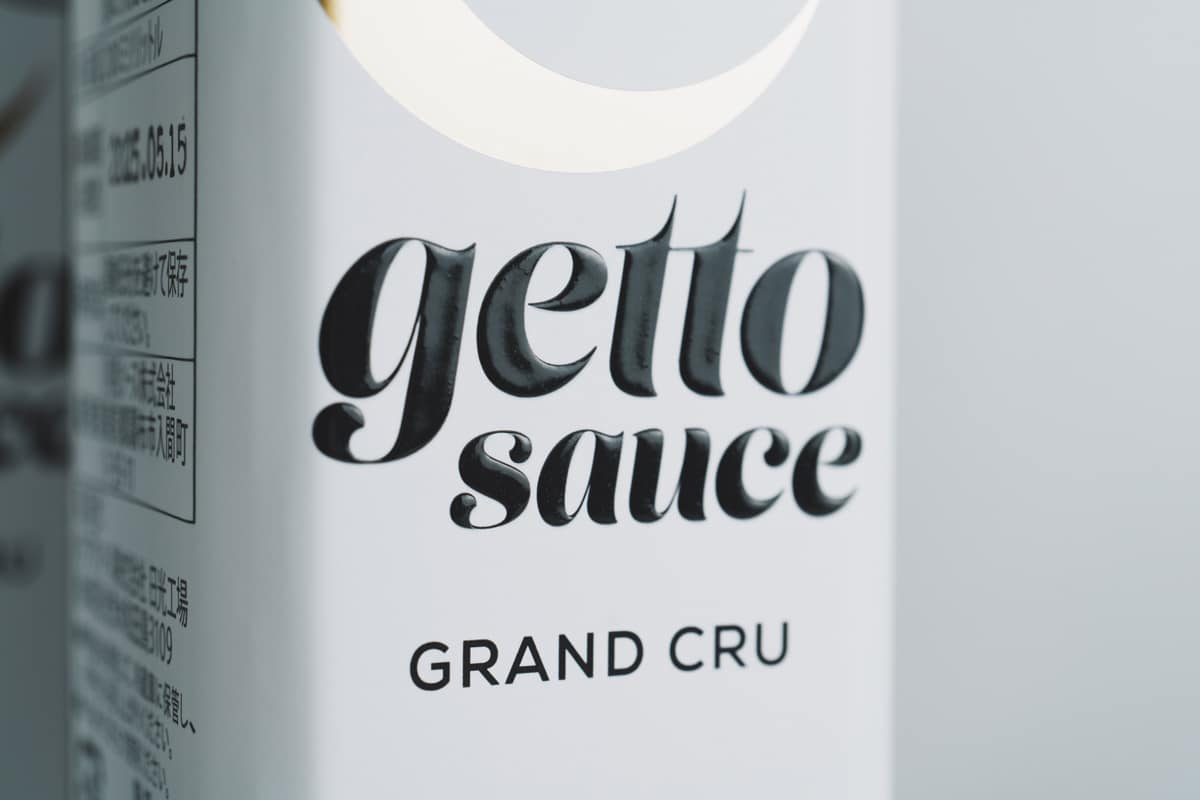
Silk screen printing is recommended for durability and as an accent. When printing, ink is pressed through a screen (a special mesh woven from synthetic fibers) onto the material below to print text or logos.
The main feature is that ink can be applied thickly. Combining letterpress or offset printing with a thick layer of clear varnish using silk screen printing can create a three-dimensional glossy effect. Due to its excellent durability and weather resistance, it can be used outdoors.
Using it for accents such as product names and logos can result in impactful designs.
The attached image shows a label seal we created using silk screen printing. It was printed with resin letterpress printing and finished with thick clear varnish using silk screen printing. For more detailed examples, please check the following:
Example Works: Getto Sauce Label
Choosing the Right Printing Method for Your Purpose is Important
On-demand printing allows for easy ordering from just one piece and speedy delivery.
On the other hand, printing methods that use plates have high reproducibility and can print details beautifully, making them suitable for mass production. Understand each method's characteristics and choose the best one for your situation and purpose.
As a seal printing specialist, we handle a wide range of printing methods, including on-demand and offset printing. If you are considering creating product seals and are unsure about the printing method, please consult us below.

Start Your Project Now!
Contact Us or Get a Quote!

